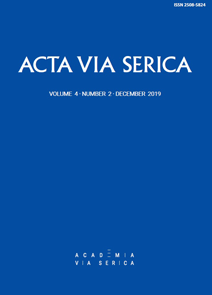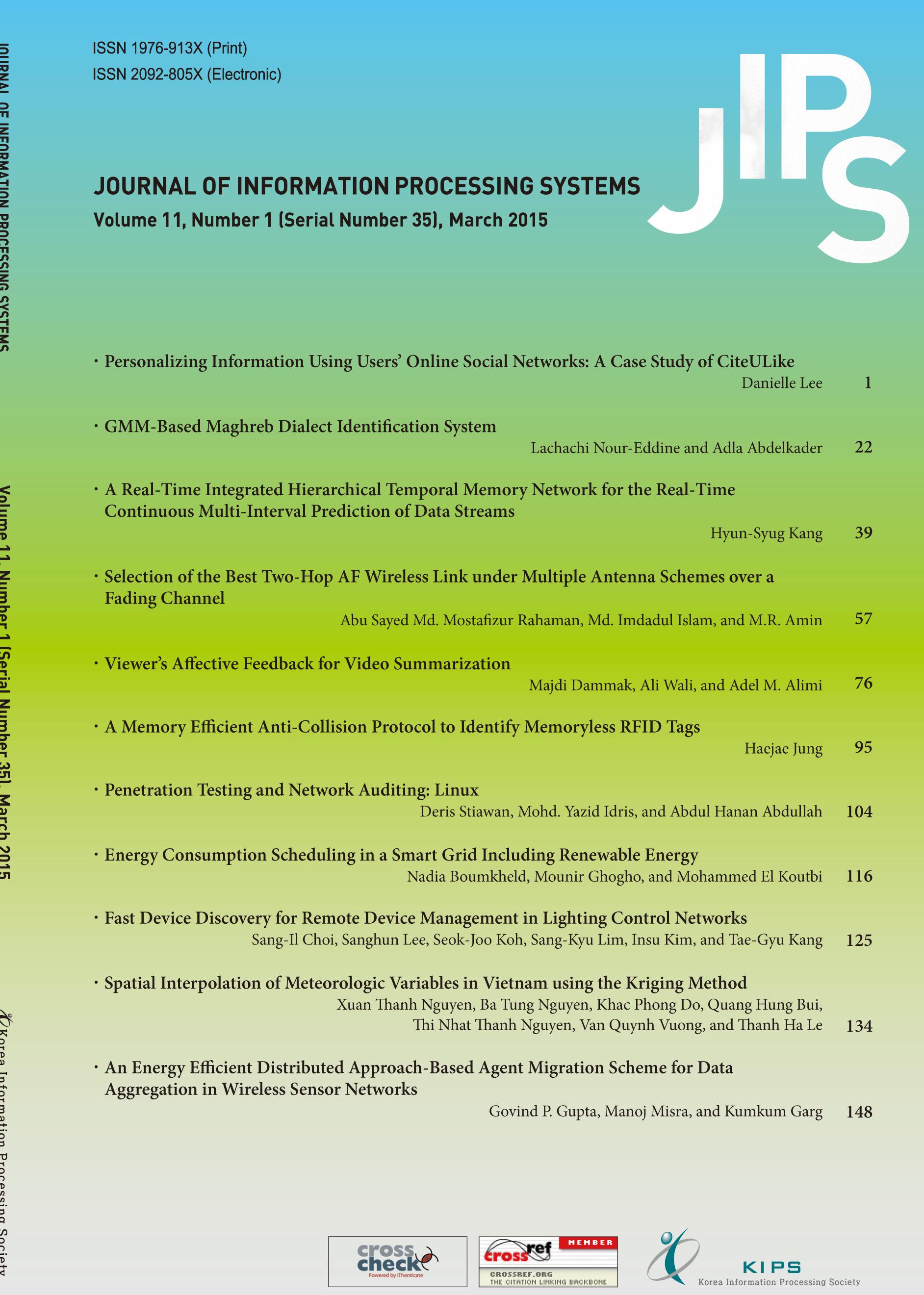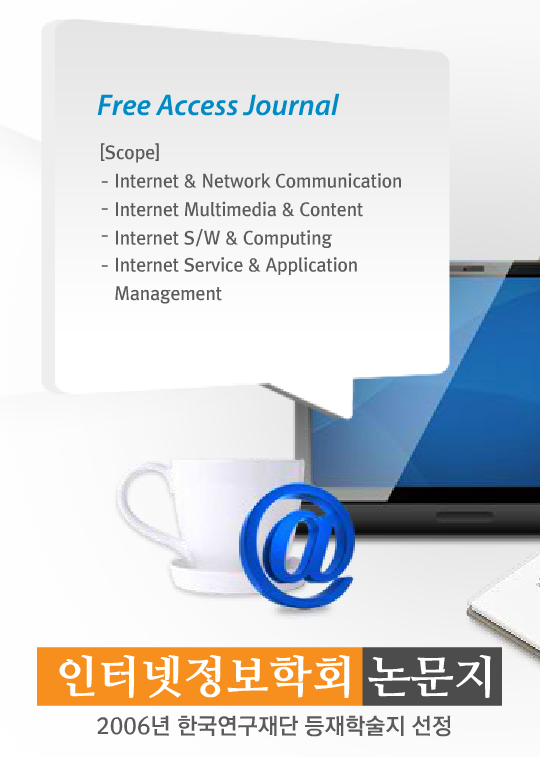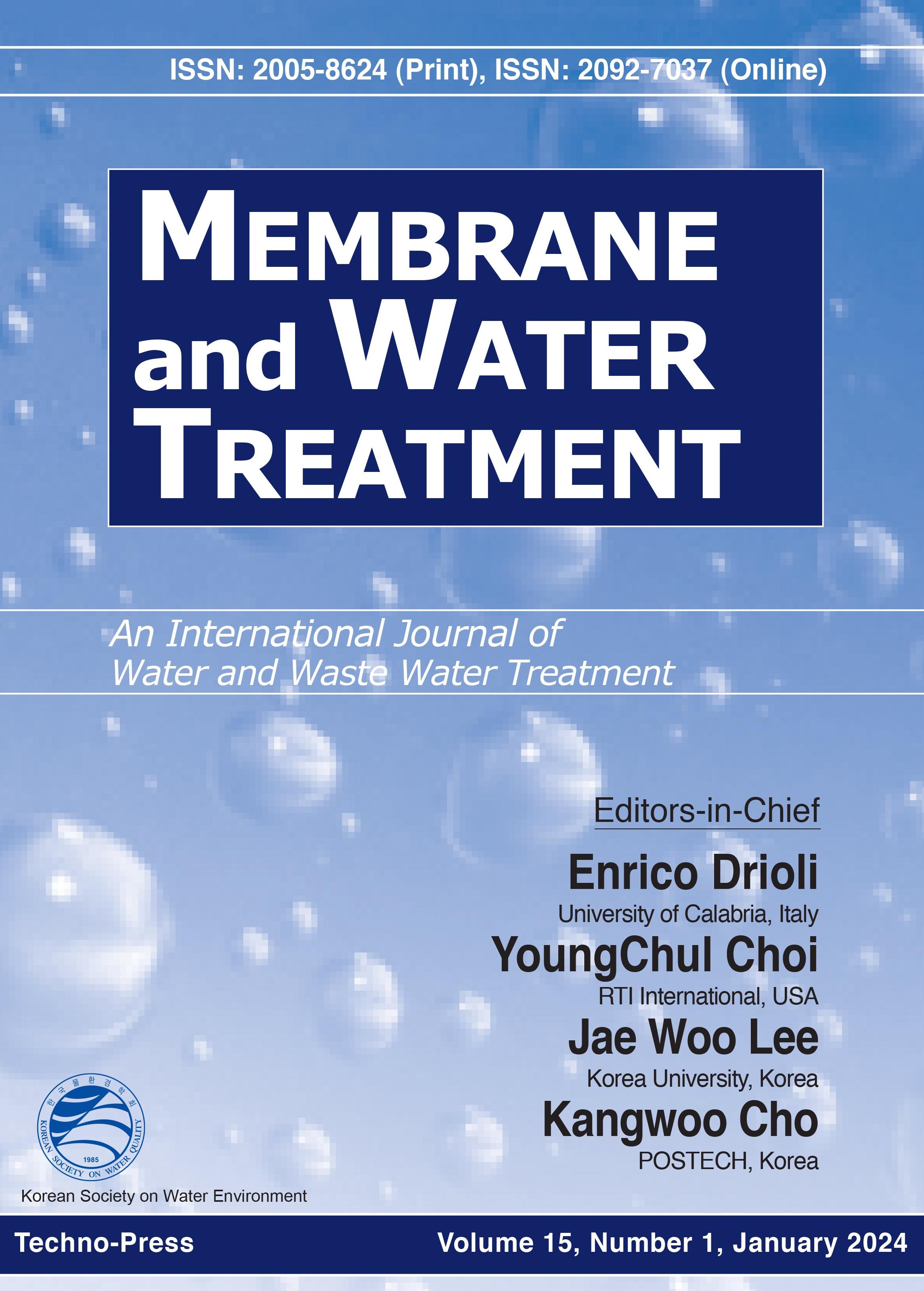MobiQuitous Workshop on Edge, Fog, and Cloud Computing for the Internet of Things (EFIOT)
EFIOT'19
- URL: http://mobiquitous.org/call-workshop1/
- Event Date: 2019-11-12 ~ 2019-11-14
- Submission Date: 2019-09-15
- Location: Houston, United States of America
Edge, Fog, and Cloud Computing for the Internet of Things (EFIOT)
(In conjunction with MobiQuitous 2019)
SUBMIT WORKSHOP PAPER
In today’s world of mobile healthcare, smart cities, smart homes, and Industry 4.0, almost every device is connected to the Internet. These devices generate data and require computation and storage resources, which cannot be met at the network edge. With the growing number of interconnected devices and IoT applications arises the challenge of handling a massive amount of data in an efficient manner. Cloud computing offers a partial solution to this dilemma by providing massive infrastructure and powerful applications. However, cloud computing is not suitable in real-time and mission-critical applications with strict runtime and latency requirements. Furthermore, cloud computing cannot scale sufficiently to handle the processing, storage, and communication demands of billions of IoT devices. To address this concern, fog computing brings additional computing, storage, and control capabilities closer to the network edge. Fog is intended to work alongside the cloud, forming an edge-fog-cloud continuum to serve various kinds of applications based on their requirements. To this end, new resource allocation mechanisms are necessary to slice both communication and processing resources, depending on the requests made by applications. In addition, with the massive increase in the collected data from IoT devices, machine learning (ML) is a key tool for data inference and decision making, which can be integrated at different processing layers. For resource-constrained IoT devices, the challenge calls for more efficient hardware platforms to carry on ML algorithms as well as optimizing ML techniques to reduce the power consumption, memory requirement, and computation intensity. To leverage the computing resources across edge devices, fog computers and cloud servers, distributed and collaborative ML techniques are required. In addition to data processing, ML can be used in management and organizing IoT systems, such as security and privacy, power/battery management, and resource allocation/task scheduling.
Topics of interest include but are not limited to:
Network Slicing
Real-Time Communication
Virtualization Technologies
Joint Networking and Computational Resource Management
Signal Processing and Edge Mining
Machine Learning and Deep Learning
Collaborative Edge-Fog Algorithms
Energy-Efficient Computing
Mobile Edge Computing (MEC)
Theoretical and Empirical Evaluation
Simulation and Performance Evaluation Tools and Techniques
Role of Edge and Fog Computing in 5G and Beyond
Paper Submission
Papers should be submitted through EAI ‘Confy+‘ system, and have to comply with the ACM format (see Author’s kit section)
(In conjunction with MobiQuitous 2019)
SUBMIT WORKSHOP PAPER
In today’s world of mobile healthcare, smart cities, smart homes, and Industry 4.0, almost every device is connected to the Internet. These devices generate data and require computation and storage resources, which cannot be met at the network edge. With the growing number of interconnected devices and IoT applications arises the challenge of handling a massive amount of data in an efficient manner. Cloud computing offers a partial solution to this dilemma by providing massive infrastructure and powerful applications. However, cloud computing is not suitable in real-time and mission-critical applications with strict runtime and latency requirements. Furthermore, cloud computing cannot scale sufficiently to handle the processing, storage, and communication demands of billions of IoT devices. To address this concern, fog computing brings additional computing, storage, and control capabilities closer to the network edge. Fog is intended to work alongside the cloud, forming an edge-fog-cloud continuum to serve various kinds of applications based on their requirements. To this end, new resource allocation mechanisms are necessary to slice both communication and processing resources, depending on the requests made by applications. In addition, with the massive increase in the collected data from IoT devices, machine learning (ML) is a key tool for data inference and decision making, which can be integrated at different processing layers. For resource-constrained IoT devices, the challenge calls for more efficient hardware platforms to carry on ML algorithms as well as optimizing ML techniques to reduce the power consumption, memory requirement, and computation intensity. To leverage the computing resources across edge devices, fog computers and cloud servers, distributed and collaborative ML techniques are required. In addition to data processing, ML can be used in management and organizing IoT systems, such as security and privacy, power/battery management, and resource allocation/task scheduling.
Topics of interest include but are not limited to:
Network Slicing
Real-Time Communication
Virtualization Technologies
Joint Networking and Computational Resource Management
Signal Processing and Edge Mining
Machine Learning and Deep Learning
Collaborative Edge-Fog Algorithms
Energy-Efficient Computing
Mobile Edge Computing (MEC)
Theoretical and Empirical Evaluation
Simulation and Performance Evaluation Tools and Techniques
Role of Edge and Fog Computing in 5G and Beyond
Paper Submission
Papers should be submitted through EAI ‘Confy+‘ system, and have to comply with the ACM format (see Author’s kit section)














